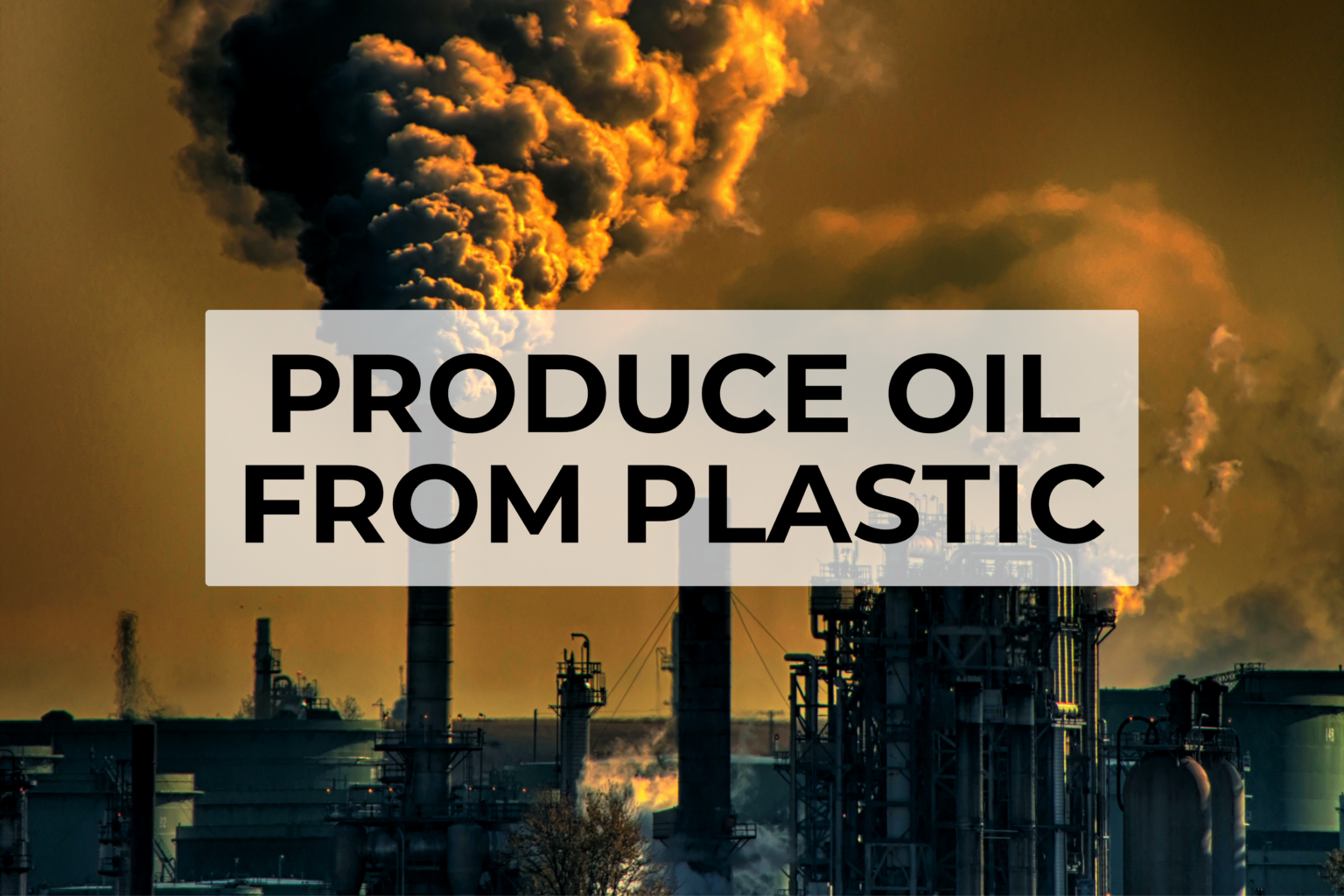Disclaimer: I did the calculation quickly on the corner of the table. If there is any mistake don’t hesitate to tell me ! Also I don’t guaranted the results.
April 2022, I meet Emmanuel (https://www.instagram.com/righeslife/). He explain me that there is a project which apparently could create oil from plastic. I ask, how it work, what is the efficiency, the cost. But he don’t have the details. So I tried to find in this article some responses to this.
To make it easier, I concentrate the work on 1 kind of plastic, the LDPE and I assumed the reactor is round.
1. Lexical
- propane: a type of fuel made from propane, a hydrocarbon gas. Propane is used in a variety of applications, including heating, cooking, and as a fuel for vehicles.
- LDPE: low-density polyethylene, a type of plastic. LDPE is used in a variety of applications, including food packaging, plastic bags, and as a material for 3D printing.
2. Extracting oil from LDPE
To extract oil from plastic there is a technique using heat call pyrolysis. The is some other technique combining catalytic but in my case I will not take it in account. I wil try to see how much energy is required to create the condition of the pyrolysis and how much energy in oil we can get.
2.1 Fact about LDPE
LDPE have a density of 0.93 kg/l.
The specific heat capacity of LDPE is 2600 J/kg.K.
2.2 Energy needed to extract oil from 1000kg of plastic
To extract oil from LDPE using pyrolysis we heat the plastic at 450°c during 20 minutes.
To heat 1000 kg of LDPE we need a reactor with a volume of
V=m/ρ
V=1000/0.93
V=1075 L
To achieve the volume of 1.075 m^3 we need sphere with a diameter of
D=2*(1.075/π)^0.5=0.8 m
The reactor is a sphere with a diameter of 0.8m.
Rock wool have a thermal conductivity of 0.70 W/mK at 200°c and
We wrap the reactor in 10cm of rock whool.
The thermal loss of the reactor with an insulation of 0.01m of rock wool
The internal temperature wanted is 400°c.
The external temperature is 20°c
Q=k*A*ΔT/d
Q=0.7*π*(0.8)^2*(400-20)/0.01
Q=113.04 kW
Where
k=thermal conductivity of rock wool (W/mK)
A=surface area of the reactor (m^2)
ΔT=temperature difference (K)
d=thickness of the insulation (m)
Q=heat loss (W)
We need a heater with a power of 113.04 kW to maintain the temperature of the reactor at 400°c.
The energy consume to keep the heat at 400°c for 20min express in MJ is
E = P * t
E = 113.04 kW * (20 * 60)
E = 135 MJ
The energy needed to heat 1000kg of LPDE from 20°c to 400°c is
E = mcΔT
E = 1000 * 2600 * (400-20)
E = 3.104 GJ
So the total energy needed to extract oil from 1000kg of LPDE is
E = 3.104 + 135 MJ
E = 3.239 GJ
2.3 How much oil can we extract from 1000kg of LDPE?
The oil extracted is distributed as follow:
45% gasoline
35% diesel
15% propane_
5% other petroleum products
Mass volumic of:
diesel = 860kg/m3
gasoline = 750kg/m3
propane = 491kg/m3
The volume extracted in liter are:
gasoline = (45%*1000) / 750 = 600L
diesel = (35%*1000) / 860 = 410L
propane = (15%*1000) / 491 = 305L
The energy in joule by type of products are:
1L of gasoline = 31.5 MJ
1L of gasoline = 38 MJ
1L of propane = 25.3 MJ
energy of 600L of gasoline = 600 * 31.5 MJ = 18.9 GJ
energy of 410L of diesel = 410 * 38 MJ = 15.6 GJ
energy of 305L of propane = 305 * 25.3 MJ = 7.7 GJ
2.4 The energy balance
The energy needed to extract the oil from LDPE is 3 GJ
The energy in the product is 42 GJ
3. Conclusion
Even if on the paper, it looks like we have a net energy gain, it don’t take in account the energy need to create the plastic pellets needed for the reactor neither the energy needed for the transport of the plastic.
Also an other aspect to take into account is the volume of product we can produce with plastic when we compare it to the consumption of petrol in the USA in 2021 which is around 3 000 000 000 liters.
Source
Temperature to extract oil from plastic: https://www.sciencedirect.com/science/article/pii/S0360544217307818
Rock wood insulation: https://rti.rockwool.com/siteassets/brochures/rw-ti-product-catalog-prorox-2020-en.pdf?f=20200710024735
Heat capacity of LDPE: https://designerdata.nl/materials/plastics/thermo-plastics/low-density-polyethylene
Density of LDPE: https://omnexus.specialchem.com/polymer-properties/properties/density






